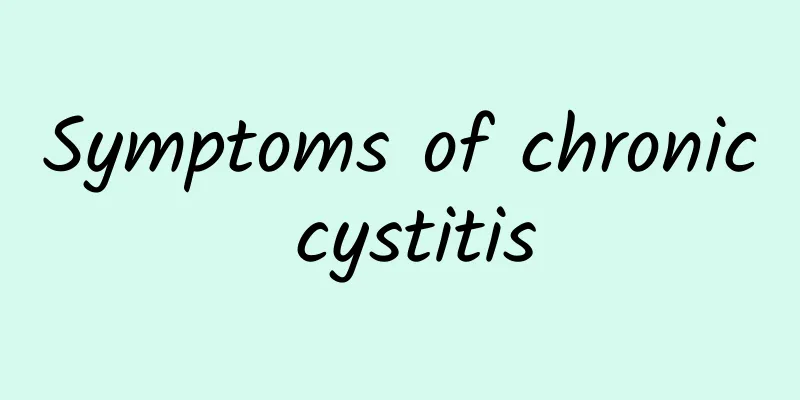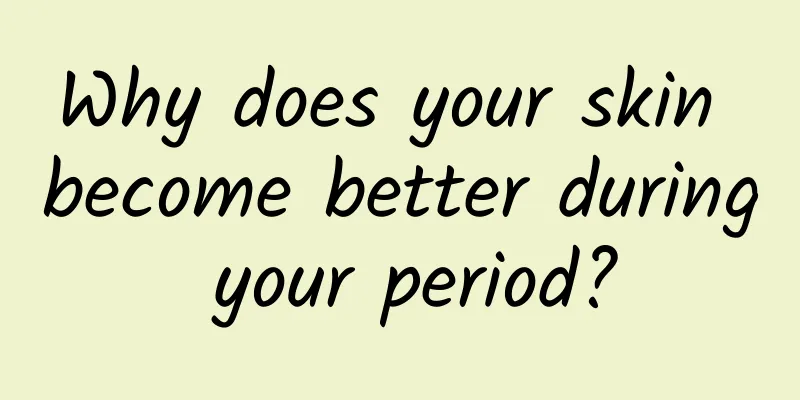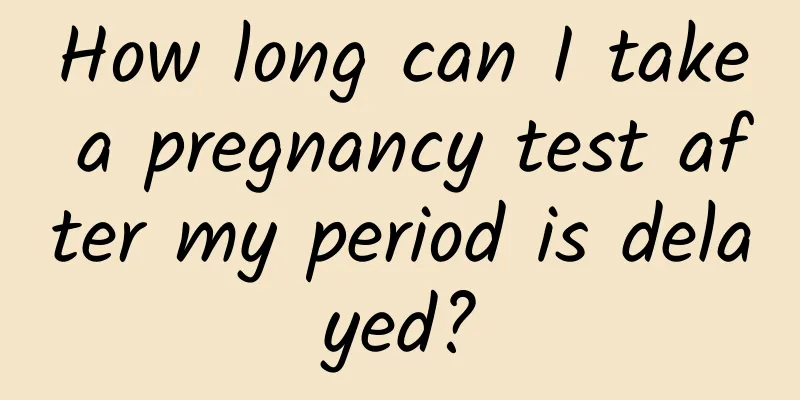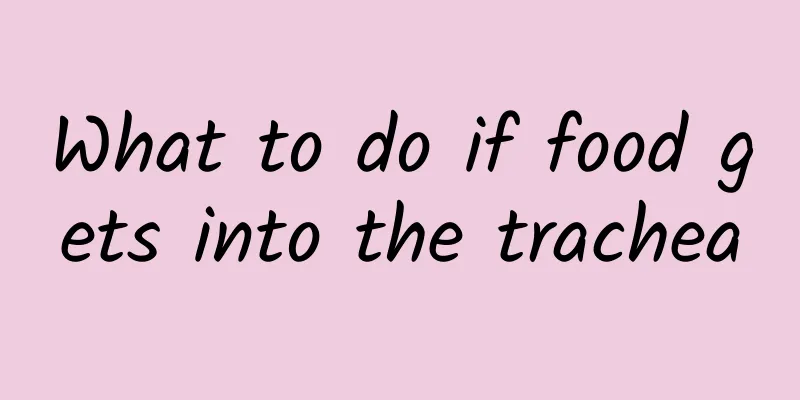How to treat sinusitis
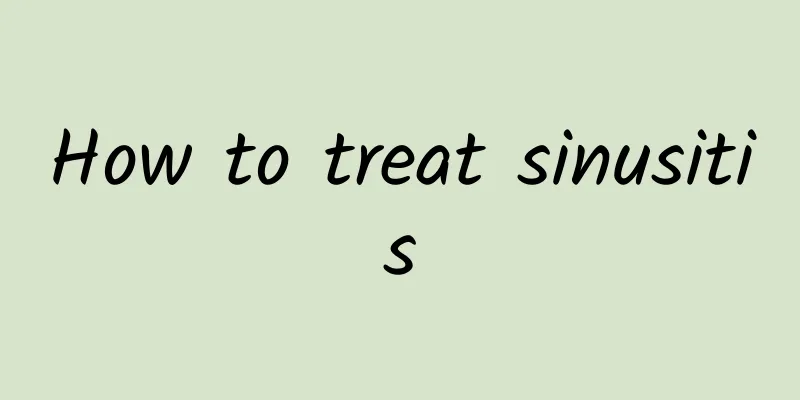
|
Sinusitis is what we usually call paranasal sinusitis. It is a very common disease in daily life and is mainly divided into two types: acute and chronic. Since this disease affects people's lives and work and endangers their physical health, it is particularly important to find a scientific and effective treatment method. Its treatment methods can be divided into traditional Chinese medicine and Western medicine. People need to choose the appropriate treatment method according to their actual situation. 1. Sinusitis Other name: paranasal sinusitis Sinusitis includes acute sinusitis and chronic sinusitis. Sinusitis is also called paranasal sinusitis. It is estimated that 14% of Americans and approximately the same proportion of Chinese suffer from mild or severe sinusitis each year. 1-2% of people lose their sense of smell due to sinusitis. Sinusitis has become a disease that seriously affects people's health. 2. Treatment of sinusitis 1. Western Medicine 1. How to treat: Acute sinusitis is treated mainly with medication (cefazoline sodium), supplemented by surgery. Chronic sinusitis is treated with medication as a supplement and surgery as the main treatment. 2. Introduction of surgical treatment methods: Functional minimally invasive nasal endoscopic surgery for the treatment of sinusitis: Functional minimally invasive nasal endoscopic surgery has become the most important surgery for the treatment of chronic sinusitis and is a new technology developed in recent years. It can accurately remove the diseased tissue in the sinuses, open or expand the natural openings of the sinuses, and restore the normal physiological functions of the sinuses. Endoscopic sinus surgery is minimally invasive, which is unmatched by traditional sinus surgery. Known as functional sinus endoscopic surgery, it is based on the complete removal of inflammatory lesions in the sinuses and the re-establishment of good ventilation and drainage of the nasal cavity and sinuses, so as to achieve the purpose of completely curing various sinusitis, sinus cysts and nasal polyps. This technology has the characteristics of precise surgery, thorough one-time treatment, shortened recovery time for patients after surgery, less trauma, basically no pain, and no need for hospitalization. 2. Traditional Chinese Medicine 1. Available Chinese patent medicines Lung meridian wind-heat type: (1) Jintong rhinitis water: for external use as nasal drops. 2-3 drops at a time, 3-4 times a day. (2) Danxiang rhinitis tablets: Adults take 4 to 6 tablets each time, 3 times a day, with warm water. Children take half the dose. (3) Biyuan Pills: Take 12 pills each time, 3 times a day, with warm water. (4) Xanthium sibiricum Rhinitis Capsules: Oral administration, please follow the instructions of this product. (5) Rhinitis Pills: 6g each time, twice a day, with warm water. (6) Chrysanthemum tablets: 2-4 times each time, 3 times a day, with warm water. (7) Xinping Granules: Adults take 1 bag each time, 3 times a day, with boiled water. Children take a reduced dose. (8) Bitong Pills: Take 1 pill each time, twice a day, with warm water. (9) Biyuanshu oral liquid 2. Massage therapy Massage area: 1) Reflex zones on the soles of the feet: frontal sinus, head (brain), pituitary gland, cerebellum and brainstem, nose, lungs and bronchi, celiac plexus, thyroid gland, parathyroid gland, adrenal gland, kidney, ureter, bladder, insomnia point, and gonads. 2) Reflex zone on the outside of the foot: gonads. 3) Reflex zones on the dorsum of the foot: maxillary, mandibular, tonsils, larynx and trachea, thoracic lymph glands (thymus), upper body lymph nodes, and lower body lymph nodes. 3. Commonly used techniques: 1) Reflexology zones on the sole of the foot: thumb point method, index finger interphalangeal joint point method, pressing method, index finger joint scraping method, thumb pushing method, rubbing method, fist tapping method, etc. 2) Reflex zone on the outside of the foot: scraping the outer edge of the index finger, pushing with the thumb, tapping, etc. 3) Reflex zone of the dorsum of the foot: thumb tip method, index finger interphalangeal joint point method, index finger push method, thumb push method, etc. In addition, massage the Yingxiang point, Shang Yingxiang point and Nei Yingxiang point, 30 times each point every day. You can also use a micro rhinitis treatment device to massage the Bitong acupoint. Both have therapeutic effects. |
<<: Spring catarrhal conjunctivitis
>>: What are the Chinese patent medicines for treating liver and kidney deficiency?
Recommend
Learn about gastric lymphoma
Gastric lymphoma is a very serious disease that c...
Do rabbits have rabies?
Nowadays, many people will find that many poultry...
What is acute glomerulonephritis? What are its symptoms?
Due to the accelerated pace of life, more and mor...
Atrophic gastritis dysplasia
Atrophic gastritis is the problem that worries pe...
How to eat Chinese jujube seeds to treat insomnia and what is the effect?
If you consume sour jujube seeds in the correct w...
How does acupuncture treat muscle atrophy?
Acupuncture is a very traditional Chinese medical...
What causes bleeding gums in children?
If a child has bleeding gums, parents should pay ...
Can American ginseng nourish the kidneys? Five major benefits of American ginseng
American ginseng is also known as Western ginseng...
Traditional Chinese medicine treatment of tinnitus, combining several methods
If you always hear a whirring sound in your ears,...
What is low fever and night sweats?
Sweating while sleeping at night is called night ...
Is TCM effective in treating cerebral atrophy?
Traditional Chinese medicine treatment can effect...
Why do my nipples hurt when I touch them these days?
Nipple pain when touched is quite common in life ...
Treatment of alcohol dependence syndrome
Alcohol dependence is a disease that causes depen...
What to eat to nourish the lungs? Three recipes to nourish the lungs
For people with coughing symptoms, when choosing ...
Precautions for hypertensive crisis in the elderly
Hypertension is one of the common diseases in soc...


